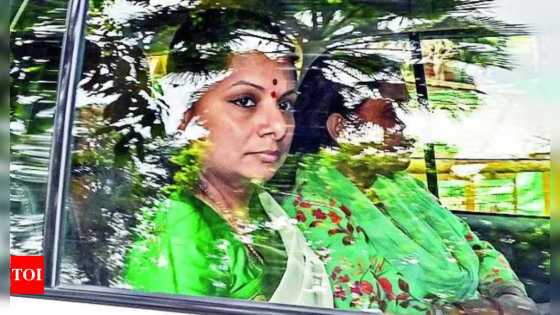We are just a few days from the All-Star break, which gives managers a chance to reflect on their rosters without the daily grind of setting lineups. And with the break in mind, this week’s article looks ahead to the second half of the 2024 season.
I hope that this article provides hope for some teams who are languishing in the middle of their standings. Things are going to change in the second half. A lot. It happens each year.
For the purposes of trading, let’s look at some of the 2023 second-half breakouts and find players who could be this year’s version. If some of the rationales listed below make sense to you, consider putting in a buy-low offer for these men. They could lead your team to a comeback victory.
Tristan Casas (2023)
First Half: .225, 9 HR, .727 OPS
Second Half: .317, 15 HR, 1.034 OPS
Who will be this year’s Tristan Casas? A young slugger who endures an unremarkable first half and then breaks out after the All-Star break.
Michael Busch was consistently powerful in the Minors, accumulating 59 homers across 2022-23. After launching six long balls in April, his power has disappeared in recent months, but at least he continues to hit for average (albeit with a high BABIP). Busch has recently made some improvements to his strikeout rate and hard-contact rate, and as the Cubs continue to fall out of the race, they will be motivated to focus on the development of their young players in the second half. Busch can be added via waivers in shallow leagues and acquired through a trade in deeper fantasy baseball leagues.
Julio Rodríguez (2023)
First Half: .249, 13 HR, .721 OPS
Second Half: .308, 19 HR, .941 OPS
Who will be this year’s Julio Rodríguez? An underwhelming star who gets on track in the second half.
The easy answer, of course, is Julio Rodríguez. It has been well-documented that Rodríguez has experienced a power outage due to a decreased rate of pulling the ball, which has contributed to a HR/FB rate (11.7%) that is 7.9% lower than his mark from last season. The guess here is that the 23-year-old superstar is talented enough to correct this trend in the second half, which will help him return to being a five-category stud.
Since picking Rodríguez to be this year’s Rodríguez feels too easy, I’ll also offer up Pete Alonso. Sitting 15th in baseball in home runs is disappointing for someone who could top the list. Alonso has logged a career-low 15.3% HR/FB rate that is nearly 7% below his career mark. The Mets offense and the weather are both heating up, and Alonso could lead the Majors in second-half homers.
Cal Raleigh (2023)
First Half: 11 HR
Second Half: 19 HR
Who will be this year’s Cal Raleigh? A catcher who becomes a game-changer by hitting for elite power in the second half.
Mitch Garver has quietly hit seven homers since June 6. Like his teammate Raleigh, Garver is a batting average risk, since he strikes out often and hits plenty of fly balls. But that batting profile also leads to power surges, which Garver is capable of in the second half.
CJ Abrams (2023)
First Half: 14 SB
Second Half: 33 SB
Who will be this year’s CJ Abrams? A player who catches fire on the basepaths in the second half.
Wyatt Langford is an easy pick here. The rookie ranks 10th in baseball in average sprint speed, and he used those fleet feet up steal six bases in June. The Rangers are desperate to collect wins from their fringe position in the wild-card race and Langford has recently emerged as one of the team’s best players, batting .317 with a .910 OPS since the beginning of June.
Freddy Peralta (2023)
First Half: 4.70 ERA, 1.30 WHIP
Second Half: 2.81 ERA, 0.88 WHIP
Who will be this year’s Freddy Peralta? A skilled starter who underachieves in the first half and thrives in the second half.
There are obvious similarities between Peralta and Twins starter Pablo López. The two hurlers are the same age, play on teams with winning records and consistently log excellent K:BB ratios. López has shown strong skills this year (116:22 K:BB ratio) while dealing with bad luck that includes 64.8% strand rate — the fifth-lowest of any qualified starter. The righty still has ace potential for the second half.
Adbert Alzolay (2023)
First Half: 7 SV
Second Half: 15 SV
Who will be this year’s Adbert Alzolay? A reliever who takes hold of the closer’s role in the second half.
Jeff Hoffman has been one of the best relievers in baseball this year, logging a 47:8 K:BB ratio en route to a 1.21 ERA and a 0.88 WHIP. The right-hander has thus far shared the Phillies closer role with Jose Alvarado, but he has taken a small step forward as of late by collecting three of the team’s past four saves. Philadelphia management could opt to add an experienced closer, but Hoffman has shown them that he is more than capable of handling the role on his own.
Source Agencies

